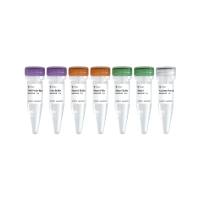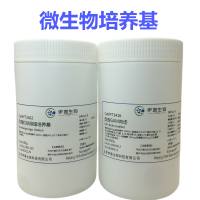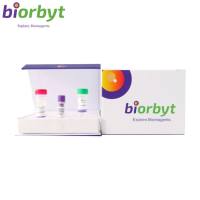Constructing Haustorium-Specific cDNA Libraries from Rust Fungi
互联网
638
The haustorium is a distinguishing feature of biotrophic plant pathogens. Several highly diverged �pathogen classes have independently evolved haustoria, suggesting that they represent an effective adaptation for growing within living plant tissue. Despite their clear importance in biotrophy, they have been difficult to study due to the close association of biotrophic pathogens with their host and the inability to produce haustoria in vitro. These drawbacks have been circumvented in the study of rust fungi by the development of a haustoria isolation technique. The strong binding of the lectin concanavalin A (ConA) to rust haustoria allows these structures to be purified from infected plant tissue by affinity chromatography on a ConA–Sepharose macrobead column. The isolation process results in substantial yields of intact haustoria that retain their cytoplasmic contents, making them amenable to experimentation. The construction of cDNA libraries from isolated rust haustoria and their subsequent sequence analysis have provided significant insight into haustoria function at a molecular level, revealing important roles in nutrient acquisition and the delivery of pathogenicity effector proteins. The generation of a rust haustorium-specific cDNA library is described in this chapter.








